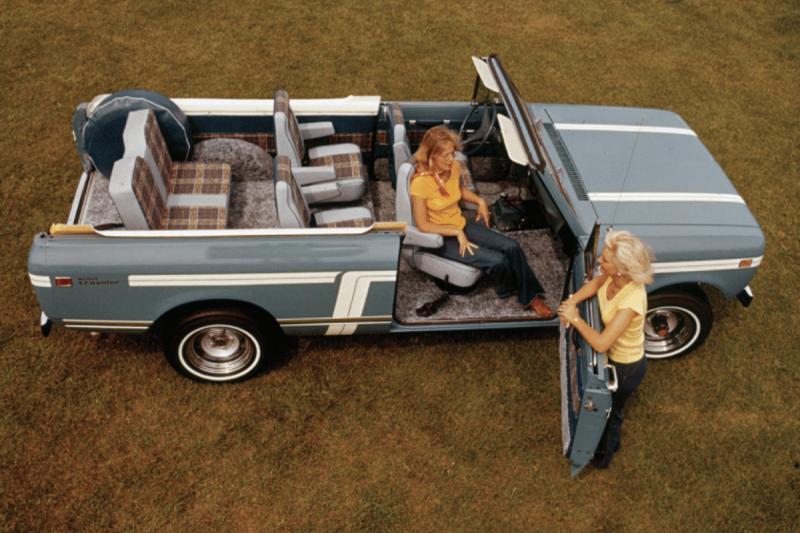Ever since Volkswagen announced it was reviving Scout as an electric-only brand for pickups and SUVs, people have been wondering what platform the marque will use, and how it will meet its 2024 unveiling deadline.
The brand’s CEO, Scott Keogh, has confirmed the company’s first products will be a “full-size pickup” and accompanying SUV.
The new Scout range therefore has the Ford F-150 Lightning, Chevrolet Silverado EV, and Ram 1500 REV pickup trucks in its sights.
Apart from their very American-ness, all these vehicles use a rugged body-on-frame architecture. All of Volkswagen’s electric vehicle (EV) platforms are for monocoque cars, and the only body-on-frame passenger vehicle in its sprawling lineup is the Amarok ute, which is based on the Ford Ranger.
Mr Keogh, formerly head of Volkswagen in North America, told Automotive News the Scout range will use a “completely unique platform” that’s been engineered and developed from the “ground up”.
Although he didn’t confirm Scout will have a body-on-frame structure, like its competitors, Mr Keogh stated the brand will use a “100 per cent capable, American, robust, full platform”.
He also refuted the idea Scout would use a derivative of the MEB architecture, which underpins everything from Cupra Born to the Volkswagen ID.7.
While Scout will launch with its previously teased pickup and SUV models, Mr Keogh acknowledged that there are “opportunities” in smaller vehicles but that he’s wary of getting “sidetracked”.
For now, he believes “lot of fish to fish for in these two [initial categories] and we want to succeed there”.
When Volkswagen America announced it was reviving the Scout name in late 2022, it set a target of having its initial vehicles in production by 2026.
With no engineers on Scout’s payroll, or a suitable platform to use, the nascent marque enlisted the services of Magna, a Canadian automotive supplier that also does design and engineering consulting, and produces cars on contract through its Magna Steyr subsidiary in Austria.
Mr Keogh says having Magna on board “was helpful at that phase to get things moving”, although he claims Scout’s engineers are now “in the lead”.
According to the CEO, design is “85, 90, 95 percent of the way there” with the proportions and exterior styling “dialed in”. So far the company has hosted clinics in California, Dallas, and Denver, where customers were shown models of the new cars and images of the cabin.
“Frankly, the clinics were some of the best clinics that the Volkswagen Group has ever had, period, in the United States,” Mr Keogh claimed.
At present, Scout only has around 300 employees, although it is currently hiring 50 or so per month. It is set to break ground on its factory in Blythewood, South Carolina early in 2024 with production likely to begin in late 2026.
The SUV will be first model to roll down the line, with the pickup truck set to follow around six months later.
Over the past few decades, Volkswagen America has been struggling to recreate the success it initially enjoyed with the Beetle.
In the 2010s, the company launched new Jetta and Passat models designed expressly for America with bigger engines and bodies, as well as simplified engineering to make pricing competitive with Asian and American brands.
While these cars boosted sales figures at the beginning of their lives, they diluted the Volkswagen brand and came at a time when Americans were shifting en masse from traditional body styles to crossovers.
By using the Scout to attack the USA’s largest and most profitable market segments, Volkswagen is hoping to sidestep issues associated with its core brand and eventually sell around 250,000 vehicles per year.
Volkswagen gained the rights to the Scout badge when it purchased heavy truck manufacturer Navistar, founded in 1986 as the successor to International Harvester.
The Scout name was applied to a Jeep rival from the International Harvester company between 1961 and 1980.



